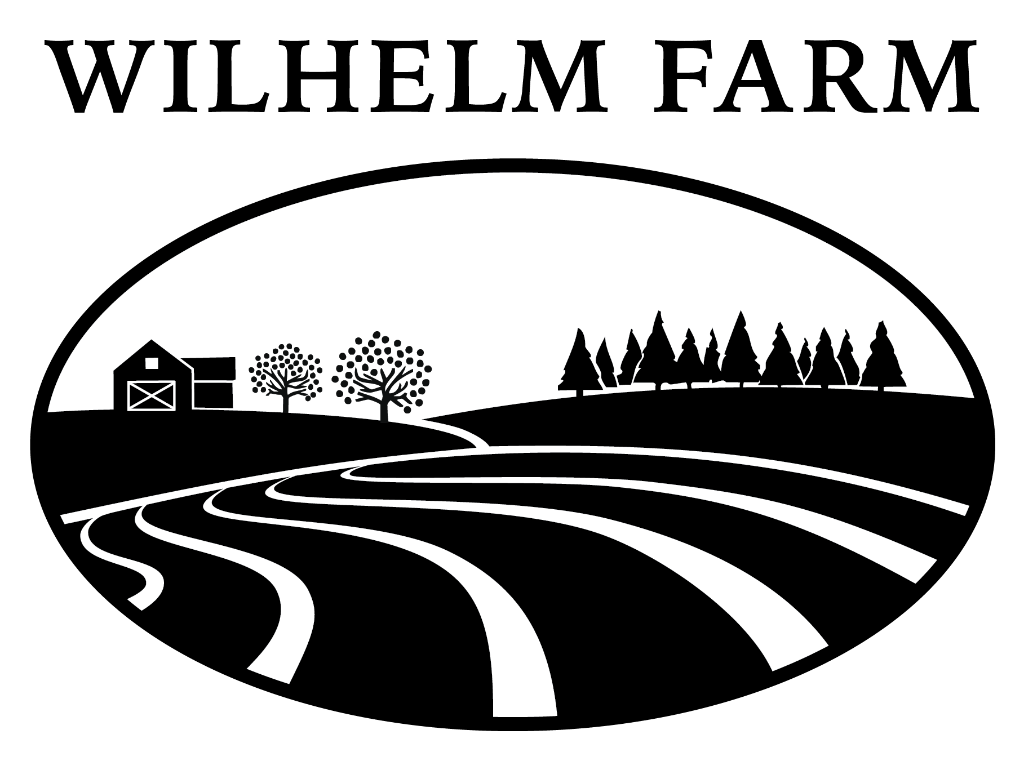Agroforestry
Simply put, agroforestry systems are mixes of trees and crops, animals or both. One wag called it short things and tall things living in the same space. Traditional agroforestry systems are found in many world regions, including North America, and these practices are not new.
What is new is rethinking the production systems for agriculture and forestry that evolved over the last century with a much stronger focus on sustainability and resilience in a changing world.
Industrial cropping systems have advantages of uniformity and control, and they are easier to mechanize as we substitute capital for labor. Plantation forests can produce more of what we want per acre. Thousands of acres of hybrid corn have amazing yields and reduce the cost of grain for human consumption, feed for animals and feedstock for many products. Animals raised in controlled settings produce more eggs, milk, and meat than free range systems. However, each of these has flaws and dangers when viewed as parts of larger ecological and social systems. Their very simplicity ignores the complexity of natural production systems and the benefits that accrue in values that are not easily measure. Environmental services, such as bird habitat and watershed protection, often are ignored by managers of industrial crop, livestock and forests systems.
Agroforestry is a mix of systems that take advantage of complexity to produce an integrated set of values. They are important parts of the permaculture mix and are more recognized today because we are taking a holistic view of our landscapes and our management of them. We start with the National Agroforestry Center’s description and definitions:
Agroforestry intentionally combines agriculture and forestry to create integrated and sustainable land-use systems. Agroforestry takes advantage of the interactive benefits from combining trees and shrubs with crops and/or livestock. Agroforestry practices include:
Alley Cropping
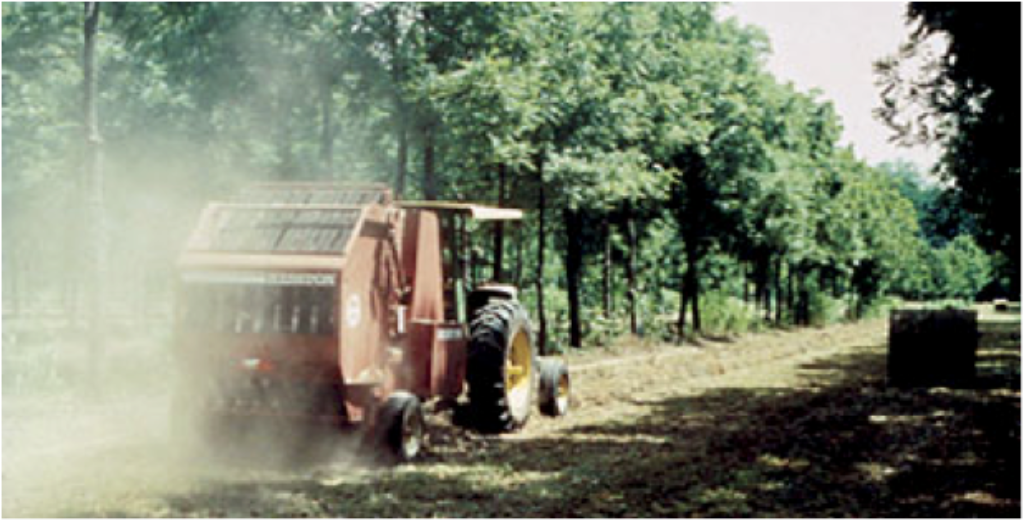
In alley cropping, an agricultural crop is grown simultaneously with a long-term tree crop to provide annual income while the tree crop matures. Fine hardwoods, like walnut, oak, ash, and pecan, are favored species in alley cropping systems and can potentially provide high-value lumber or veneer logs. Nut crops can be another intermediate product.
Forest Farming
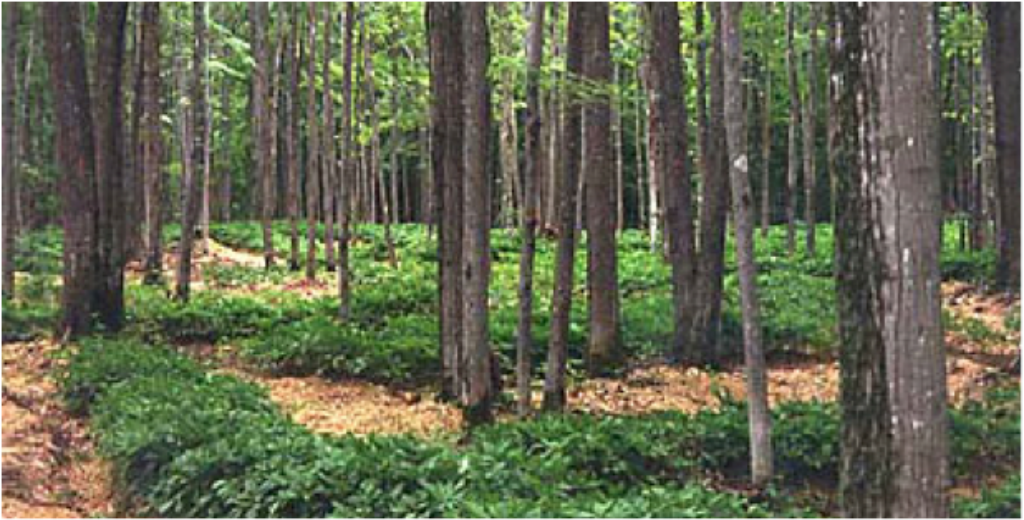
Forest farming is the cultivation of high-value specialty crops under the protection of a forest canopy that has been modified to provide the correct shade level. Crops like ginseng, shiitake mushrooms, and decorative ferns are sold for medicinal, culinary, and ornamental uses. Forest farming provides income while high-quality trees are being grown for wood products.
Riparian Forest Buffers
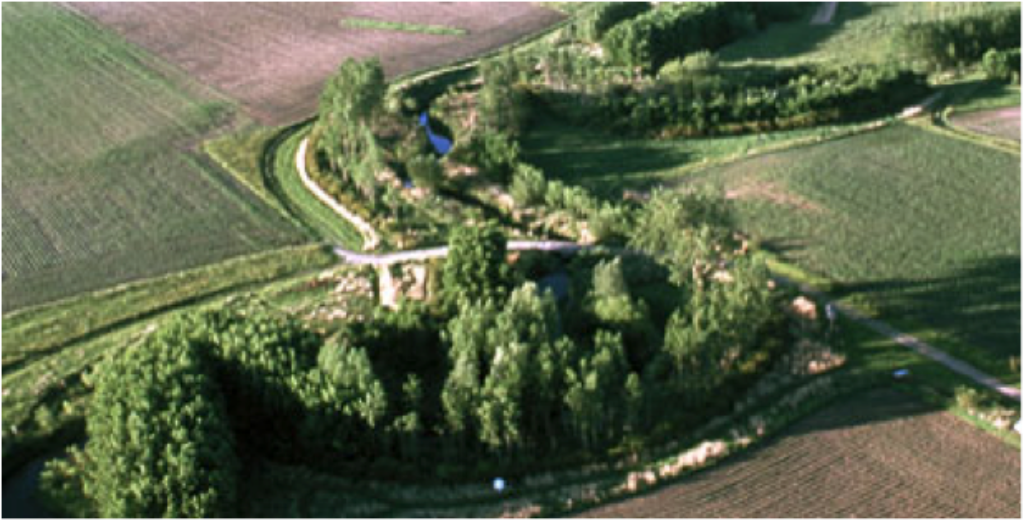
Riparian forest buffers are natural or re-established streamside forests made up of tree, shrub, and grass plantings. They buffer non-point source pollution of waterways from adjacent land, reduce bank erosion, protect aquatic environments, enhance wildlife, and increase biodiversity.
Silvopasture
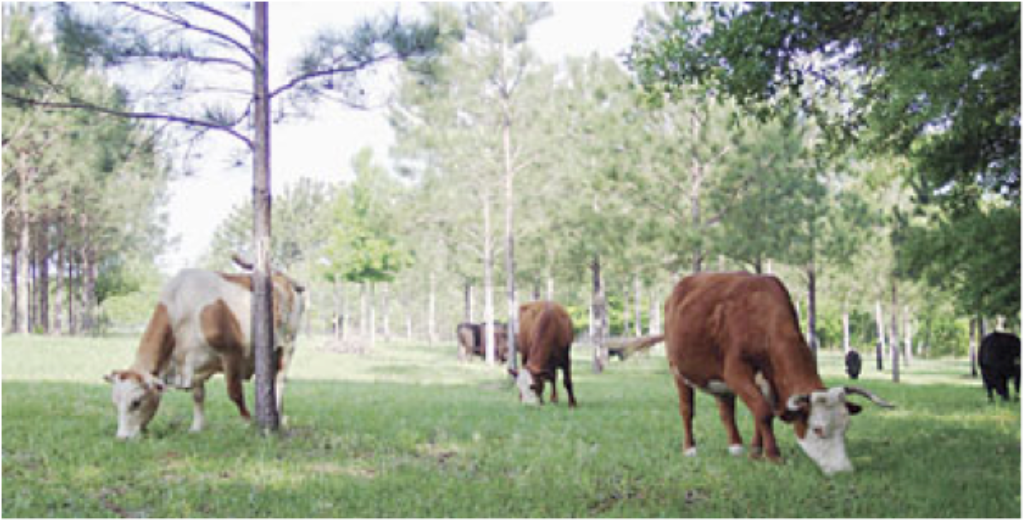
Silvopasture combines trees with forage and livestock production. The trees are managed for high-value sawlogs and, at the same time, provide shade and shelter for livestock and forage, reducing stress and sometimes increasing forage production. In plantations of conifers or hardwoods for timber or Christmas trees, managed grazing provides added products and income. Some nut and fruit orchards may also be grazed.
Windbreaks
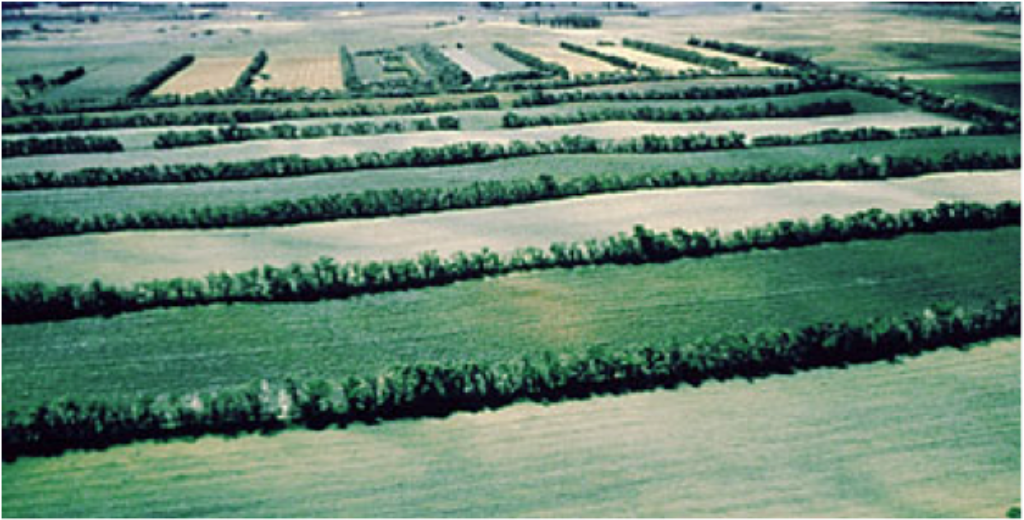
Windbreaks are linear plantings of trees and shrubs designed to enhance crop production, protect people and livestock, and benefit soil and water conservation. There are several types of windbreaks. Field windbreaks protect a variety of wind-sensitive crops, control wind erosion, and increase bee pollination and pesticide effectiveness. Livestock windbreaks help reduce animal stress and mortality, reduce feed consumption, and help reduce visual impacts and odors. Living snowfences keep roads clean of drifting snow and increase driving safety. They can also spread snow evenly across a field, increasing spring soil moisture.
Special Applications
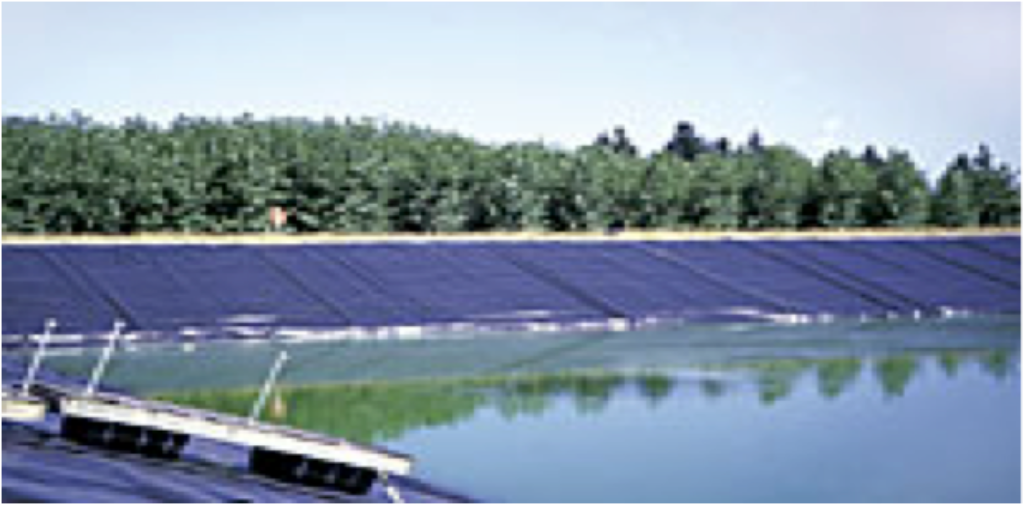
Tree and shrub plantings may be used to help solve special resource concerns. Some special applications include the utilization of wastewater or irrigation tailwater to produce a short rotation woody crop, and plantings to help stabilize streambanks and floodplains. Any agroforestry practice can be designed to enhance wildlife habitat and to optimize carbon storage.
Summary
Wilhelm Farm uses four agroforestry systems – silvopasture, windbreaks, riparian forest buffers, and forest farming. An alley cropping demonstration will be added in future years using either fruit trees or nut trees with grass or vegetable crops in between. Trees are an essential part of the landscaping around the house and barns and in hedge rows between fields or at the property boundary.
As this site develops, it will include sections on each agroforestry practice on Wilhelm Farm.
